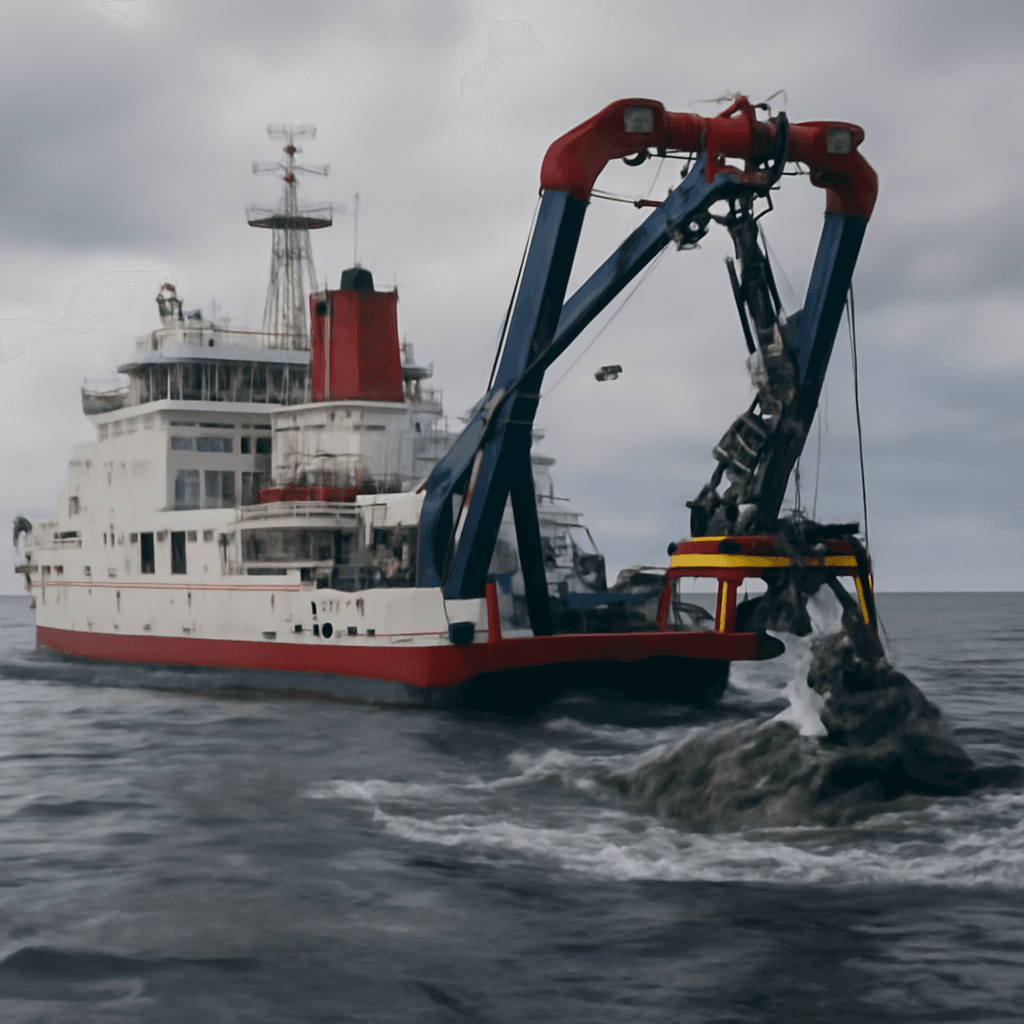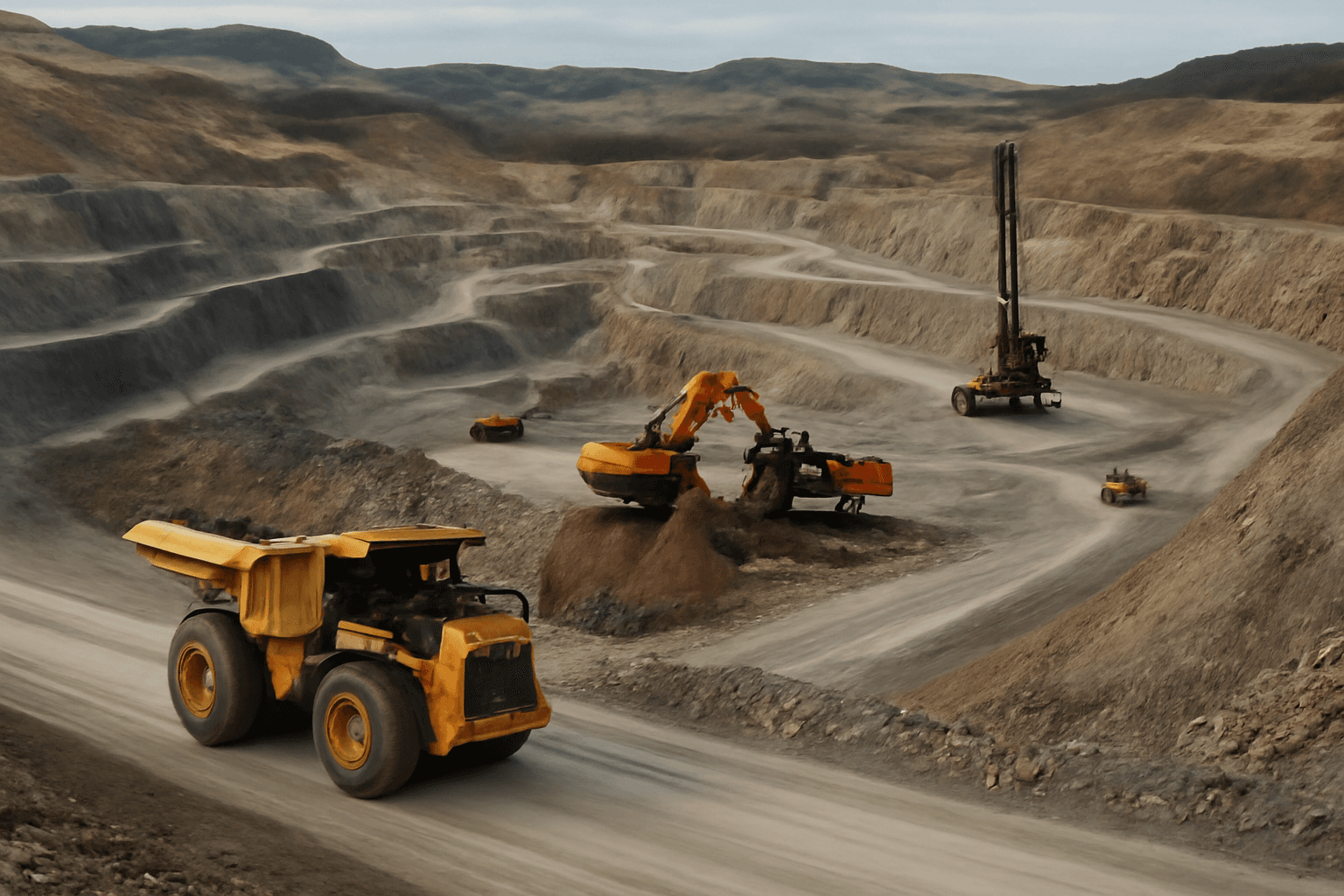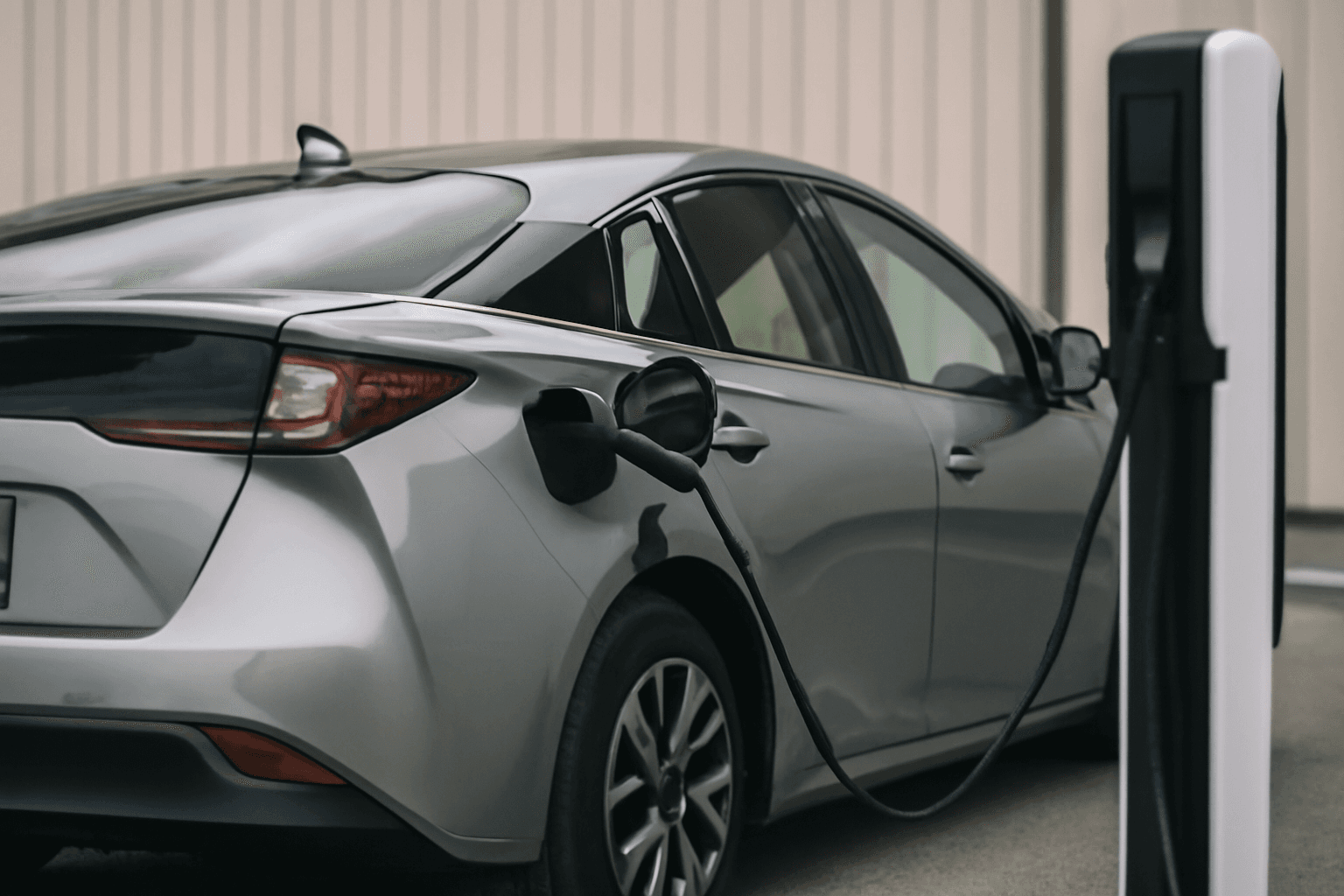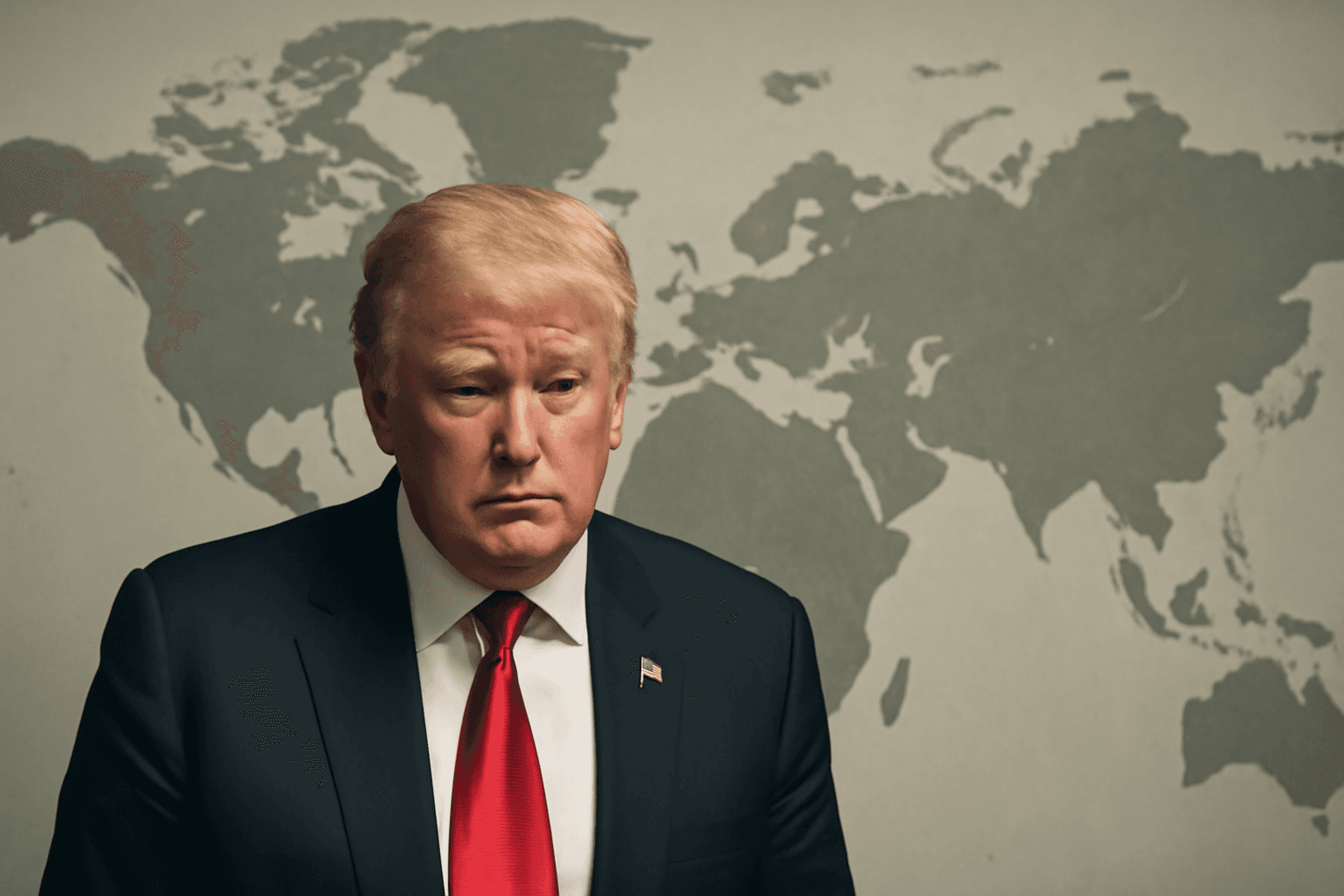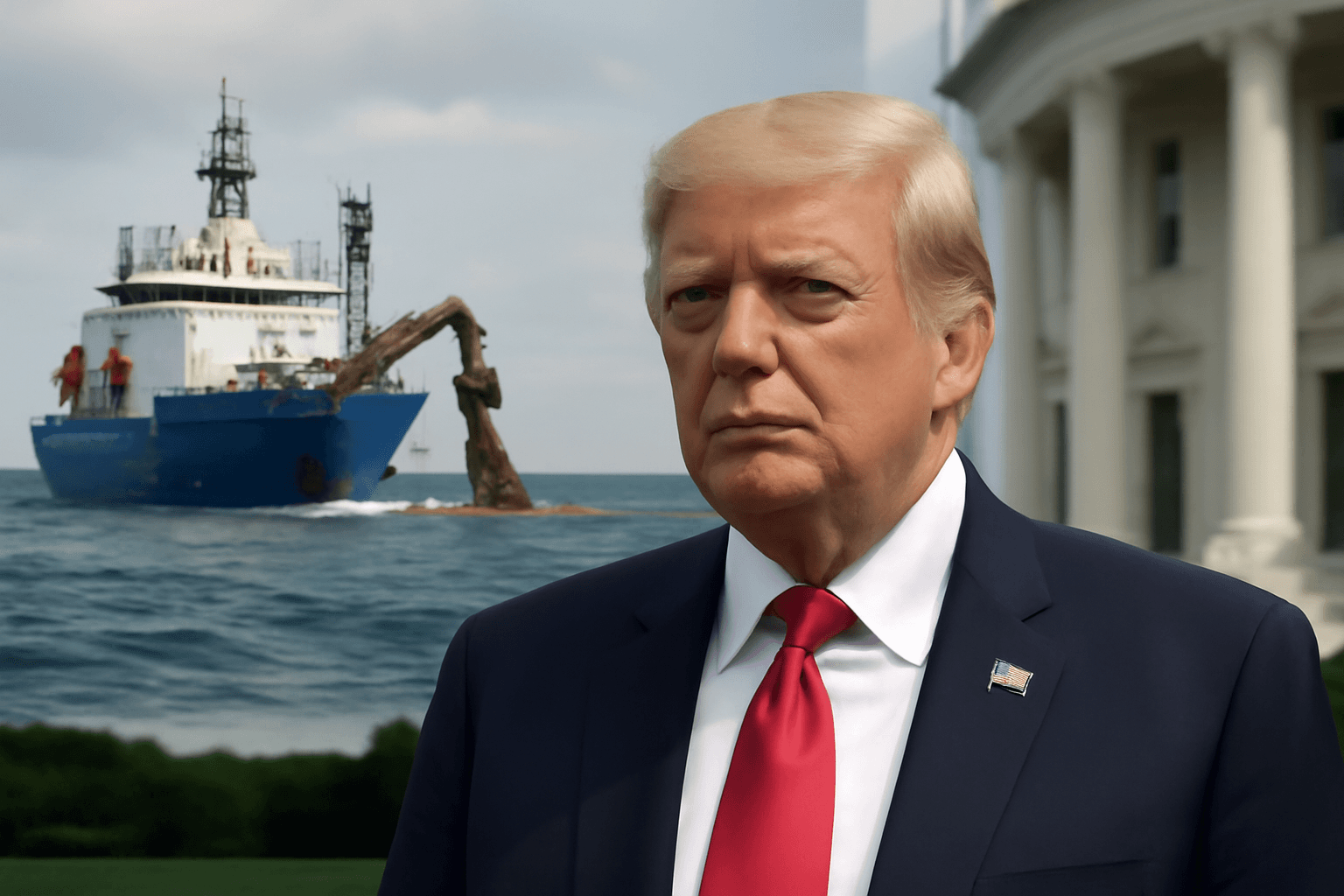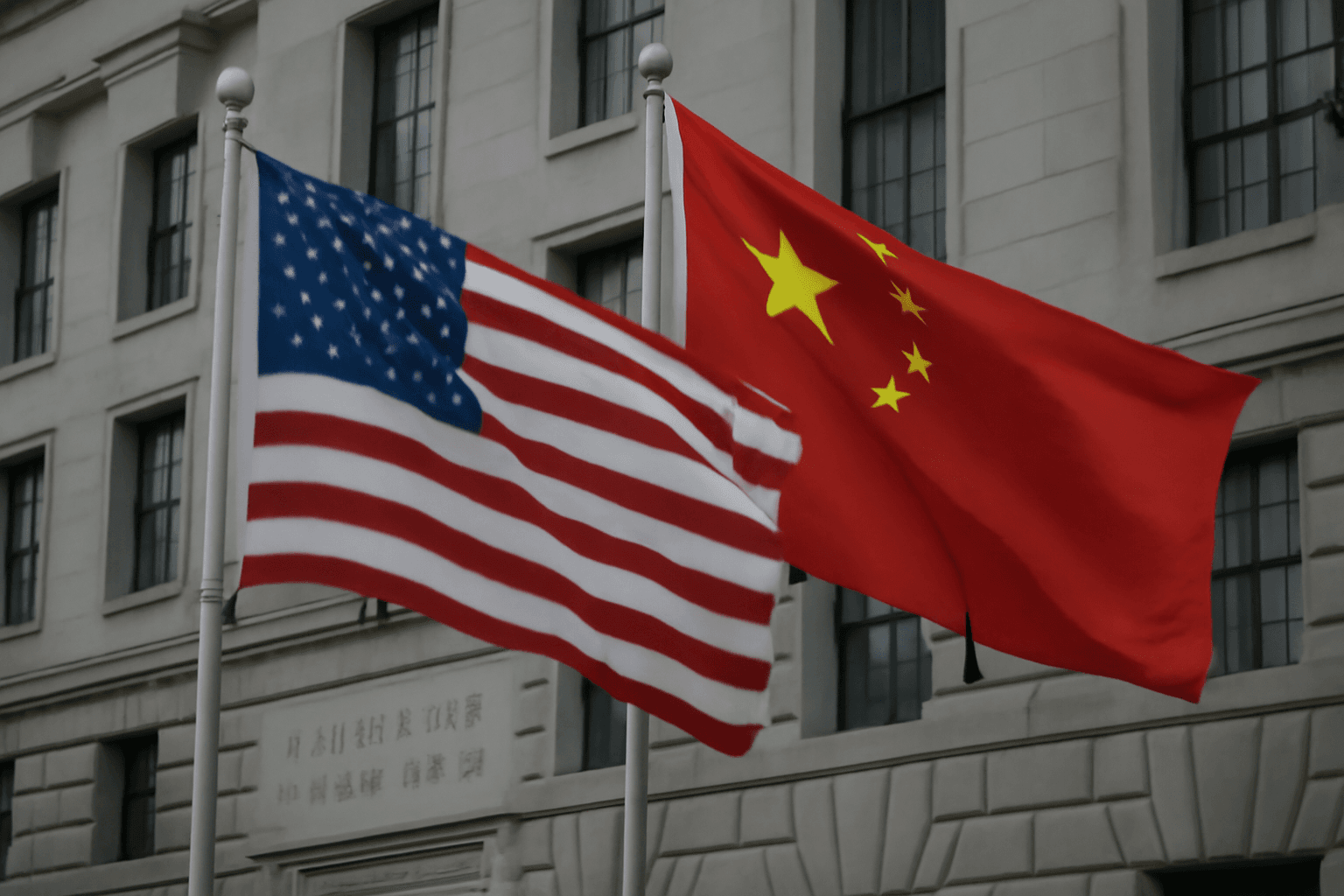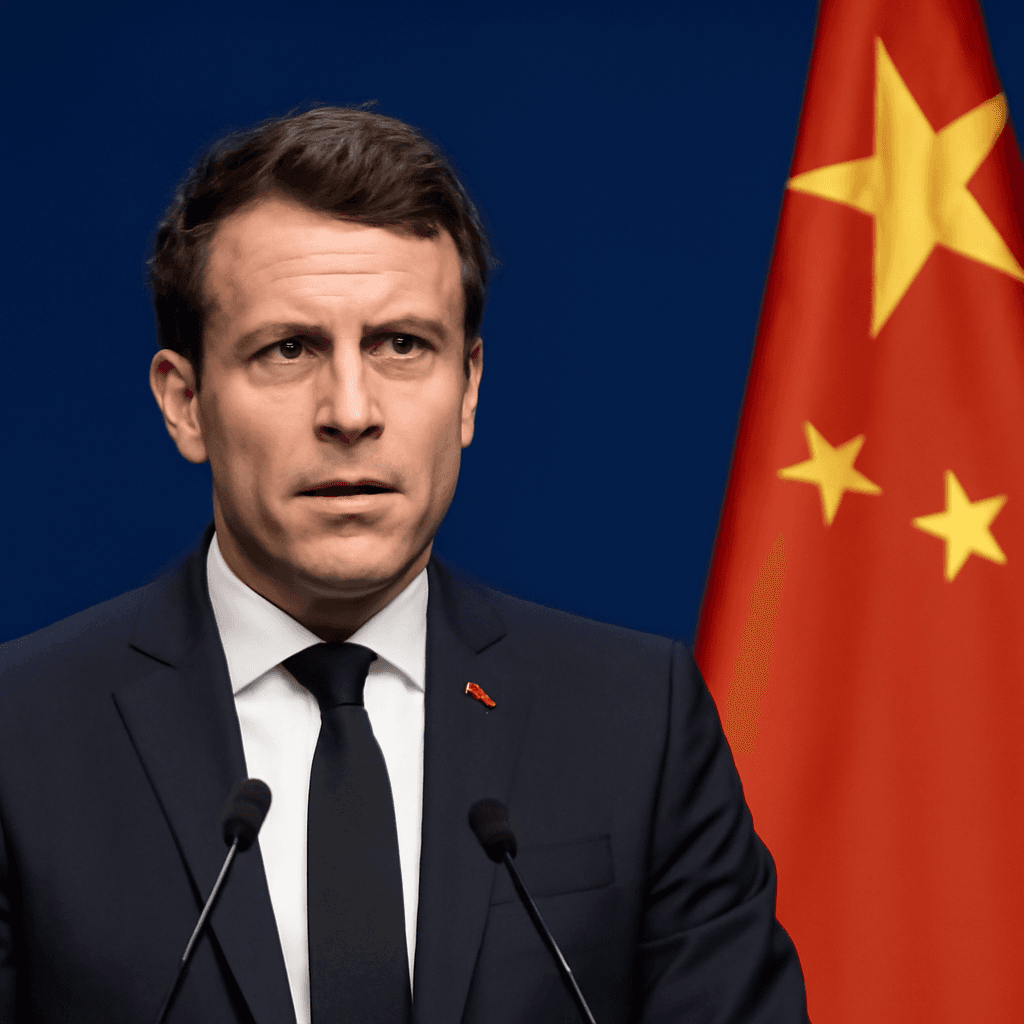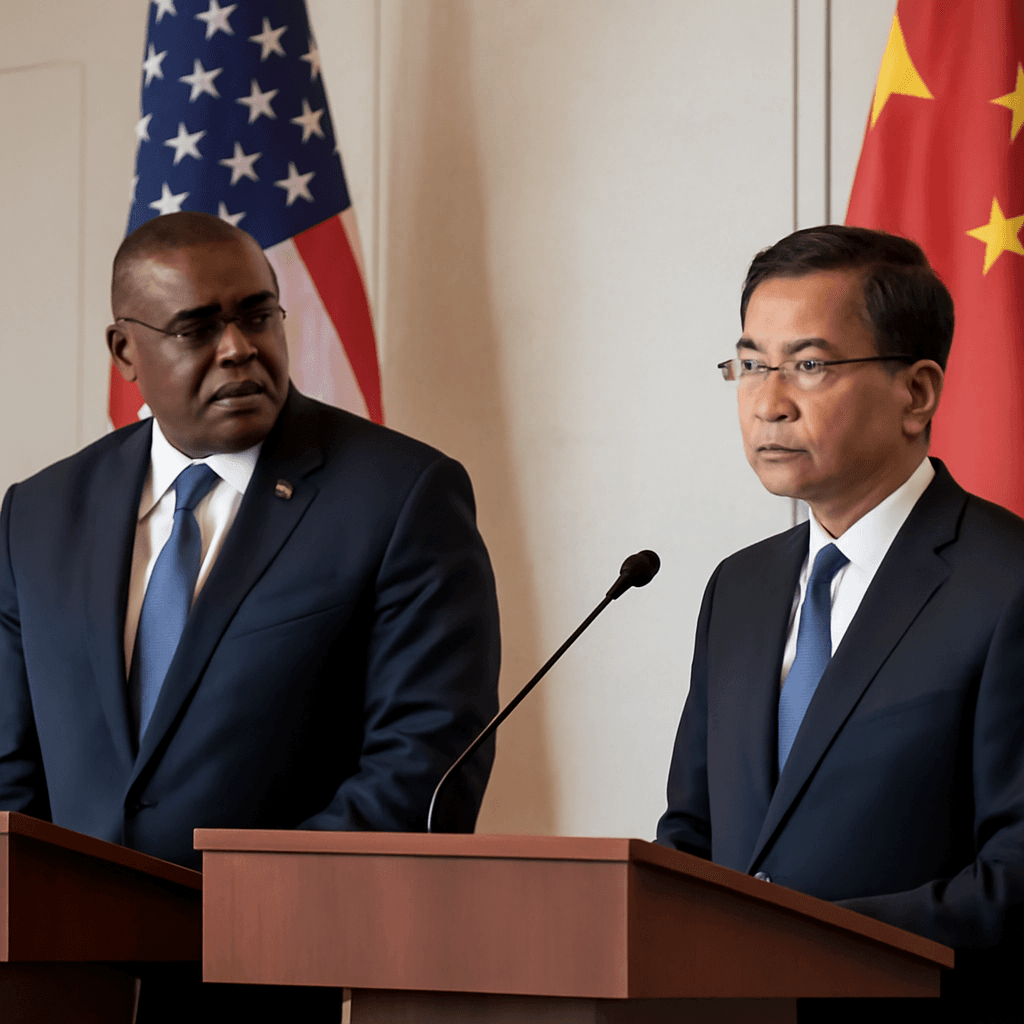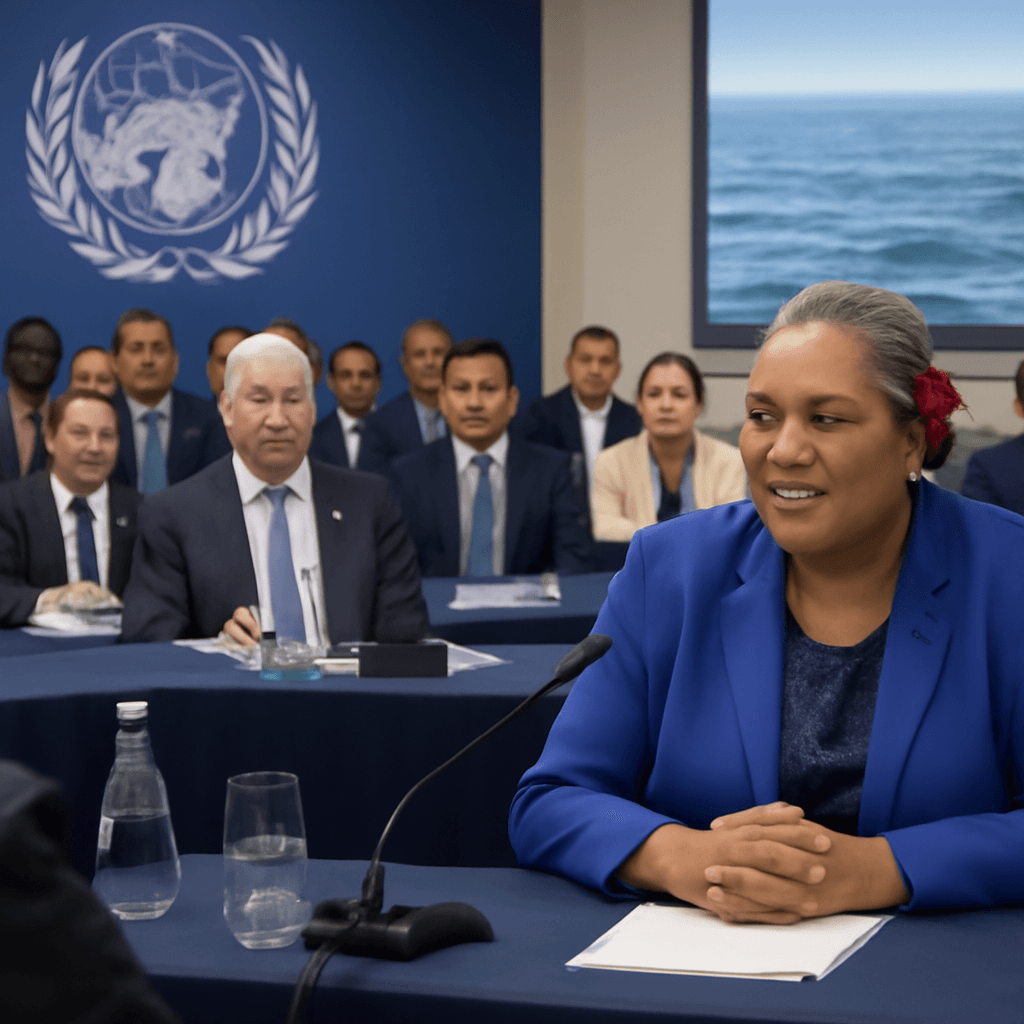China’s Methodical Approach to Deep-Sea Mining
The vast oceans covering our planet are treasure troves of valuable minerals like cobalt, nickel, and copper—essential elements for powering the green technologies of tomorrow. As nations rush to secure these resources, China is taking a careful, calculated path towards deep-sea mining, blending economic ambition with geopolitical strategy.
Why the Deep Ocean Matters
These metals are critical for electric vehicle batteries and renewable energy technologies, fueling the global shift away from fossil fuels. Recognizing this, many countries, including China, see the ocean floor as the next frontier for resource extraction.
China’s Energy Hunger Extends Beneath the Waves
China’s insatiable demand for energy and raw materials drives its interest in the deep sea. However, Beijing shows no rush to be the first mover. Instead, it is carefully building capabilities and forging international partnerships that could pay off strategically in the long run.
A Global Race Accelerates Amid Regulatory Gaps
Recently, a Canadian company made headlines by pushing to commence seabed mining in international waters through its American subsidiary, leveraging an executive order from the United States government. This move sidestepped ongoing international negotiations under the International Seabed Authority (ISA), which regulates mining in international waters.
This US law, dating back to 1980, permits citizens to explore and exploit deep-sea minerals beyond national jurisdictions, triggering backlash from environmentalists wary of potential damage to fragile marine ecosystems.
China’s Strategic Moves in the Pacific
Unlike the Canadian-American approach, China is opting to build influence steadily through diplomatic agreements. It has secured contracts with Pacific island nations like the Cook Islands and Kiribati to explore seabed mining within their exclusive economic zones. These partnerships are as much about geopolitics as economic gains—strengthening China's presence and influence in the Pacific.
Currently, China holds the largest number of ISA exploration contracts—five out of 22—covering deep-sea mineral resources across the Pacific and Indian Oceans.
Technological Progress and Challenges
China has steadily advanced its mining technology. The 2024 deployment of the Pioneer II deep-sea mining prototype, which operated at depths exceeding 4,000 meters (13,100 feet), marked a national milestone. Plans for seabed nodule collection tests are underway, signaling progress.
However, experts suggest China’s technology still trails behind some competitors by two to five years. Despite this, China gains an edge through strong state-backed support and existing infrastructure for metal processing—advantages that private companies may lack.
Geopolitical Calculations Trump Immediate Gains
Observers note China’s main objective is not immediate extraction but positioning itself as a dominant player in the global commodities market. Maintaining leverage over strategic metals will serve Beijing’s long-term ambitions, especially as global demand surges.
China endorses international mining regulations but appears ready to exert pressure only when fully prepared to operationalize its deep-sea mining strategy.
Looking Ahead
The deep sea remains an emerging frontier fraught with technological, environmental, and regulatory challenges. China’s patient, strategic approach—balancing research, diplomacy, and state backing—reflects a nuanced playbook designed to ensure it is not just in the game, but leading it when the time comes.

